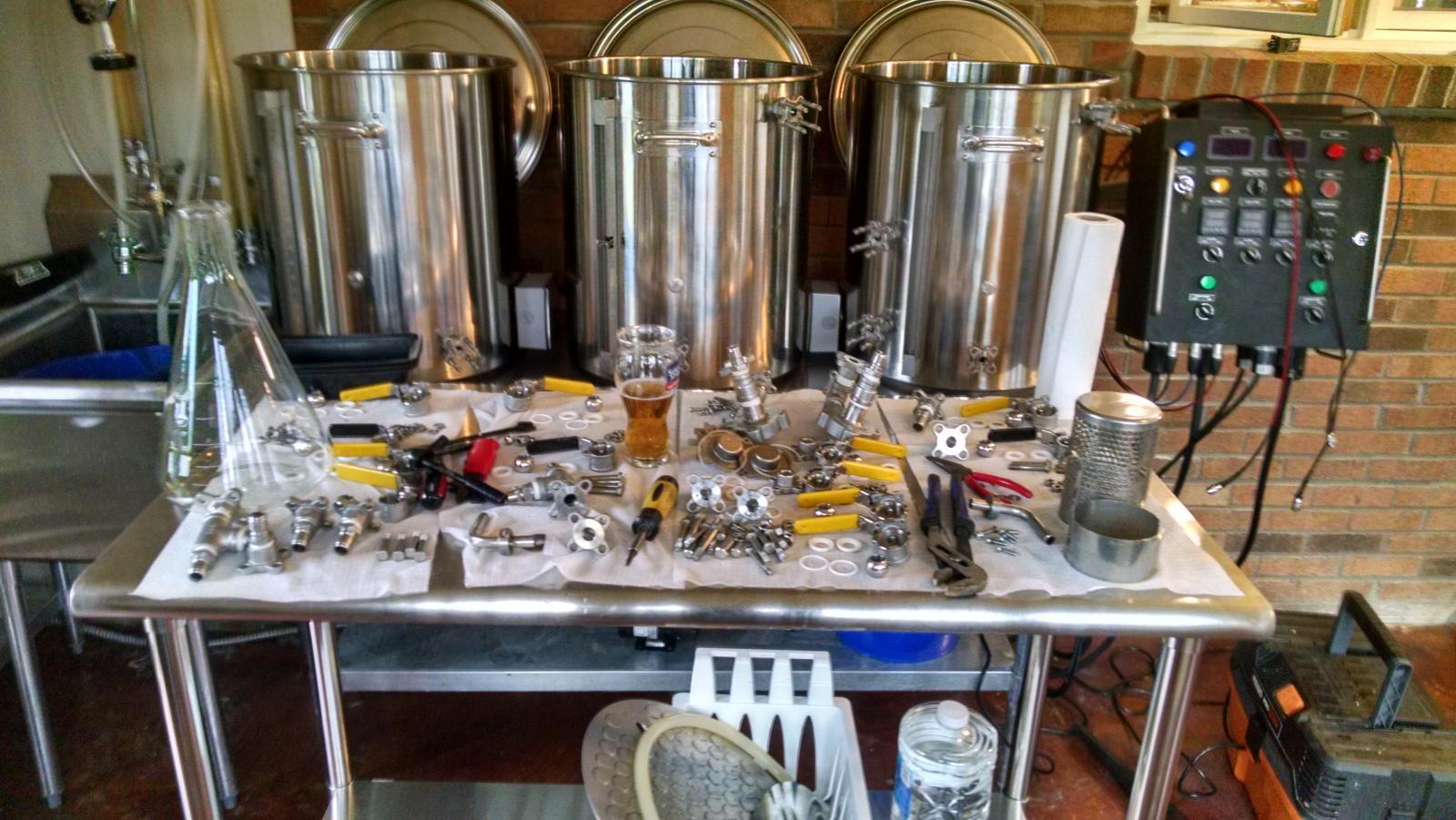I've never had a problem priming my Chugger pump or getting it to restart after turning it off for a while, as long as it was clean. In fact I found with my system there's no need for a bleeder valve either.
The only time I did have an issue was when the impeller stuck to the shaft because of wort build up. After taking it apart, cleaning the impeller hole out with a brush and putting it together again it's been fine since.
As shown my pump is mounted even with the kettle bottom, but it's inlet is below the kettle outlet and the hoses are just long enough to do the job.

The only time I did have an issue was when the impeller stuck to the shaft because of wort build up. After taking it apart, cleaning the impeller hole out with a brush and putting it together again it's been fine since.
As shown my pump is mounted even with the kettle bottom, but it's inlet is below the kettle outlet and the hoses are just long enough to do the job.




